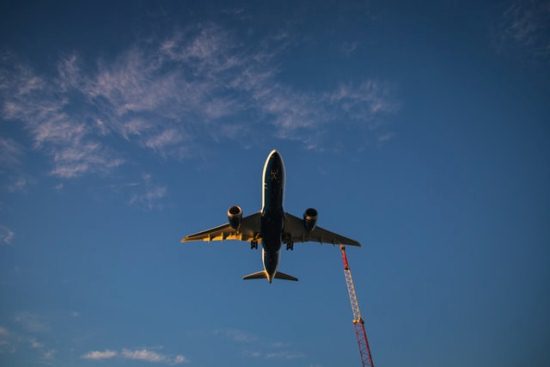-
The rise in cargo demand came from the acceleration in global trade activity as countries that have begun vaccination rollouts saw a revival in their domestic economies that has fueled demand for goods
-
Asia Pacific airlines carried just 1.1 million international passengers in April, an improvement over the same period in 2020 but just 3.5% of passenger volumes for the same month in 2019
-
The emergence of different variants of the COVID-19 virus has deterred Asian economies from reopening their borders, further suppressing international travel demand
-
The relatively slow pace of vaccinations in Asia continues to undermine the region’s economic recovery, in particular, the travel and tourism sectors
Asia Pacific carriers saw international air cargo demand grow by 42% in April 2021 year-on-year, achieving volumes slightly above the same period in 2019, traffic figures from the Association of Asia Pacific Airlines (AAPA) showed.
AAPA said the growth in volume, measured in international freight tonne kilometers, was due to the acceleration in global trade activity as countries that have begun vaccination rollouts continued to benefit from a revival in their domestic economies, which in turn fueled demand for goods.
Offered freight capacity rose by 29.4% year-on-year, resulting in a 6.7 percentage point increase in the average international freight load factor to 74.8% for the month.
However, international passenger demand has remained significantly depressed since April 2020.
“The ongoing COVID-19 pandemic and surges in transmission across many Asian economies have resulted in renewed border control restrictions as well as domestic lockdowns, quelling hopes of any meaningful resumption in international travel markets,” AAPA said.
In total, Asia Pacific airlines carried just 1.1 million international passengers in April, an improvement over the same period in 2020 when international passenger volumes plunged precipitously, but just 3.5% of passenger volumes recorded in the same month of 2019.
Available seat capacity was only 4% of levels registered in 2019, with the international passenger load factor averaging 26.4% for the month.
Subhas Menon, AAPA director general, said, “The emergence of different variants with higher transmissibility rates has deterred Asian economies from reopening their borders, with extended quarantine requirements further suppressing international travel demand. Bilateral travel corridors offer hope for a recovery, yet remain susceptible to disruptions, as evidenced by the second postponement of the Singapore-Hong Kong travel bubble, reflecting the extremely challenging operating conditions faced by airlines.”
He further said: “In Asia, the relatively slow pace of vaccinations continues to undermine the region’s economic recovery, in particular, the travel and tourism sectors which have been badly hit. Accelerating vaccination rollouts will be key to paving the way for the restart of the travel industry. However, governments are still facing numerous challenges, including supply constraints and logistical issues.”





